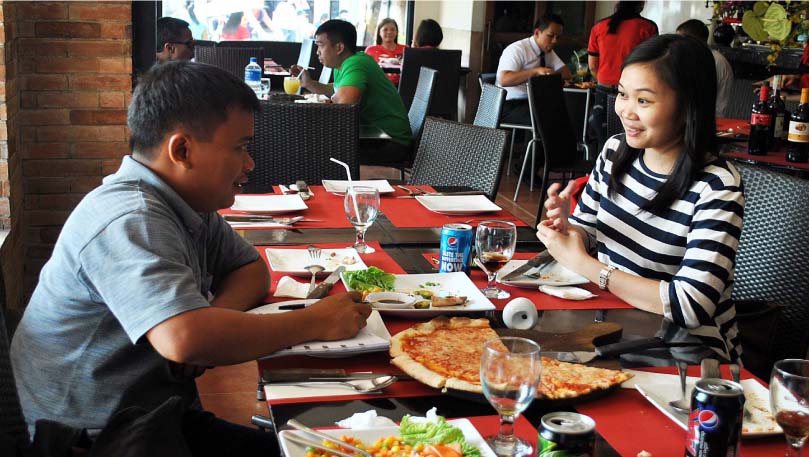
TACLOBAN CITY – The number of severely malnourished children in Yolanda hit-areas in the Visayas fell short to the expectation of international humanitarian groups, raising concern on how to utilize all the $10 million foreign donations for life-saving nutrition interventions.
Megan Gayford of the United Nations Children’s Fund (Unicef) and Yolanda response nutrition cluster coordinator, said that there were only 2,702 preschool children suffering acute malnutrition in the three Visayas regions, less than half than their 6,000 expected populations.
“One of our main concerns is where not finding the number of malnourished children. The nutrition cluster planned to find 6,000 in three Visayas regions affected by typhoon, but when we look at the result of rapid assessment, only few are severely malnourished children,” Gayford said.
For the recently concluded Rapid Nutrition Assessment, foreign groups found 2,702 malnourished children under five years old in storm-stricken areas. Of the total, 2,332 were moderately underweight and 370 were severely malnourished.
The survey covered the provinces of Aklan, Antique, Capiz, Iloilo, Cebu, Eastern Samar, Leyte, and Samar
“Some 40% of severely and moderately malnourished children were already admitted for treatment. We have to address this concern immediately before the situation gets worse,” Gayford said.
“We intended to find half of the projected number of malnourished children after the typhoon. Now that we did not find a lot, there are some questions coming out on how to spend the money. We have to wait for result of SMART (Standardized Monitoring and Assessment of Relief and Transitions) survey and calibrate our targets,” Gayford explained.
SMART is an inter-agency initiative launched in 2002 by a network of organizations and humanitarian practitioners. It is a systematized approach to provide critical, reliable information for decision-making, and to establish shared systems and resources for host government partners and humanitarian organizations.
Gayford head admitted that they will encounter constraints in spending donations for nutrition response since the actual number of underweight is way below than the projected estimates.
The Unicef is now implementing a $10 million provision of critical preventive and live-saving nutrition interventions to children under 5 years, pregnant and lactating women affected by the storm.
Of the $10 million budget, $7.5 million is intended for nutrition technical and operational assistance, $1.76 million nutrition response supplies, and P740,740 for indirect program support costs.
As of this week, 99% of the funding requirements have been donated by major donors such as the governments of United Kingdom, Japan, Canada, Australia, Brazil, Norway, and Denmark.
On top of the Unicef-led initiative, ACF International and World Food Programme are also seeking $2 million and $3.02 million funds, respectively for nutrition interventions.
By: SARWELL Q.MENIANO



